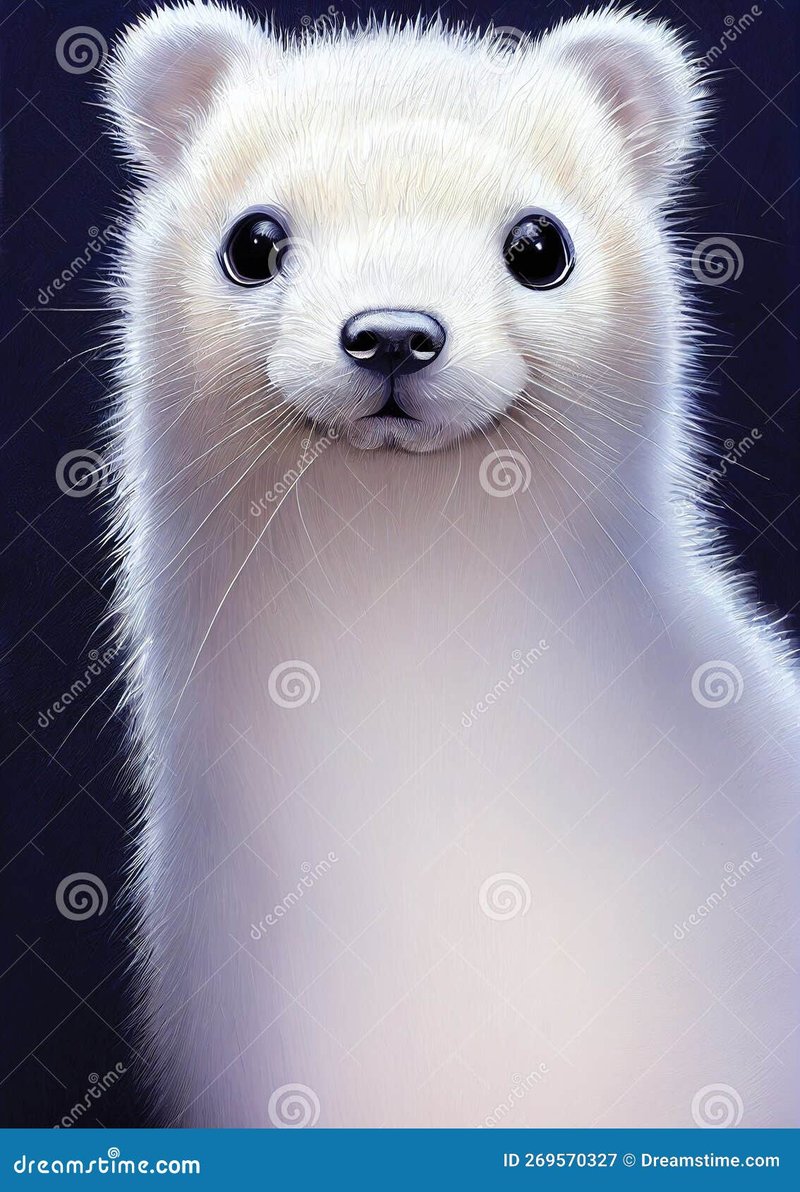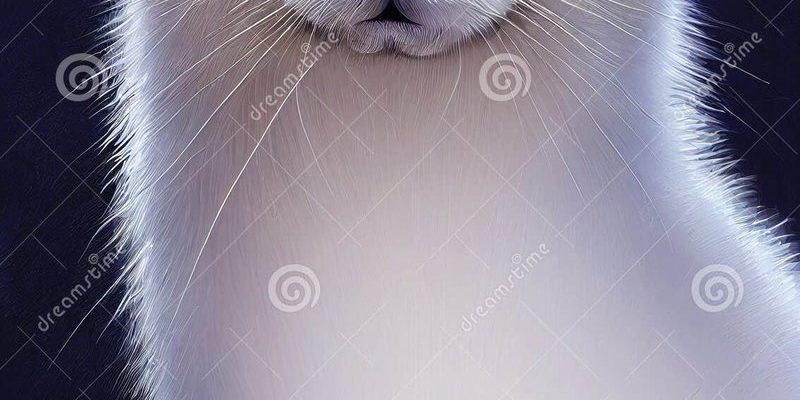
Culturally, the ermine has woven itself into the fabric of art, literature, and even royal symbolism. You might be surprised to learn just how deep these connections run and how they resonate with human experiences and emotions. So, let’s dive into this fascinating world, exploring how the ermine is represented in different cultures and folklore across the globe.
The Ermine in European Heraldry
In Europe, the ermine has long been associated with nobility and heraldry. Picture a coat of arms adorned with the striking image of an ermine; it signifies purity, honor, and high status. These noble creatures were once so revered that their pelts were used to trim the robes of royalty and judges. The ermine represented not just wealth but also a commitment to justice and morality.
You might be wondering why the ermine was chosen for such esteemed roles. Here’s the thing: they’re known for their striking white fur that stays unstained despite being in the wild. This quality made them a perfect symbol of integrity, as their pristine appearance was thought to reflect the purity of the individuals wearing them. They became especially prominent in France, where King Louis XI even adopted the ermine as a symbol of his reign.
The use of ermine in heraldry wasn’t just about aesthetics. It represented a deeper meaning, reminding leaders of their duty to remain virtuous and just. The image of the ermine became a badge of honor, carried through generations, and you can still spot it on coats of arms today.
Folklore and Mythology Involving the Ermine
In various folklore traditions, the ermine has been featured in tales that highlight its unique qualities. One common thread in many stories is the ermine’s association with transformation. In some cultures, it’s believed that if an ermine is captured, it will willingly sacrifice itself rather than become dirty. This act of selflessness has made it a powerful symbol of purity and sacrifice.
In Russian folklore, the ermine is often portrayed as a protector of the land. Stories tell of these creatures guiding lost souls back to safety, embodying the idea of being a guardian spirit. Imagine how comforting it would be to think of a small creature using its cunning and grace to help those in need.
Folklore also presents the ermine as a clever trickster. In several tales, these animals use their wits to outsmart larger foes, reflecting the idea that cleverness can triumph over brute strength. The moral of these stories? Sometimes, it’s not the size of the creature, but the strength of its character that truly counts.
The Ermine in Art and Literature
Art is another realm where the ermine has made its mark. One of the most famous representations is Leonardo da Vinci’s portrait of Cecilia Gallerani, known as “Lady with an Ermine.” The painting not only showcases the animal’s beauty but also highlights the relationship between humans and nature. The ermine in the painting symbolizes purity and a sense of grace, encapsulating the essence of the subject.
Moreover, throughout literature, the ermine often pops up in fables and stories, serving as a metaphor for various human traits. Authors like Aesop have used the ermine to convey lessons about generosity and nobility. The stories make you reflect on your own traits and how you can embody the spirit of the ermine in your daily life.
Let’s not forget modern literature as well. In children’s books, the ermine is often depicted as a wise character, teaching lessons in morality. When you see an ermine in a story, it often nudges us to think about our own actions and the importance of staying true to ourselves.
Cultural Symbolism in Asia
In Asian cultures, ermine symbolism also runs deep. In Japanese culture, these animals represent success and status. Historically, the ermine was worn by the ruling classes, and even today, it’s considered a symbol of elegance and refinement. The smooth, luxurious coat is often compared to the beauty of cherry blossoms—both embodying a fleeting yet beautiful aspect of life.
Chinese culture also holds the ermine in high regard. In traditional Chinese medicine, ermine fur was believed to have healing properties, and there are tales of these creatures being guardians against evil spirits. This connection to protection adds another layer to the ermine’s cultural significance.
In both cultures, the ermine serves as a reminder of the delicate balance between nature and human aspirations. Its elegant appearance continues to captivate people’s imaginations, making it a beloved symbol across generations.
Environmental Impact and Conservation
As we explore the cultural and symbolic significance of the ermine, it’s essential to also address their role in ecosystems and the importance of conservation. These little creatures play a significant part in controlling rodent populations, making them key players in their habitats. They help maintain the balance of nature, and their presence signifies a healthy environment.
However, like many species, ermines face challenges from habitat loss and climate change. Their stunning winter coats, which have drawn admiration for centuries, put them at risk as warmer temperatures alter their habitats. Conservation efforts aim to protect these animals and their ecosystems, ensuring that future generations can appreciate their beauty and the stories they hold.
Here’s the thing: protecting the ermine isn’t just about saving a single species. It’s about preserving the stories, art, and cultural connections that they represent. When we care for the environments that these creatures inhabit, we also safeguard the rich tapestry of folklore and cultural significance tied to them.
The Ermine as a Modern Symbol
In today’s world, the ermine has transformed into a symbol of resilience and adaptability. As we face various global challenges, including climate change and social upheaval, the ermine reminds us of the importance of maintaining integrity and acting with purpose. Its ability to thrive in diverse environments speaks to the importance of being adaptable while staying true to one’s roots.
In fashion, ermine-inspired designs are making a comeback, merging traditional elegance with a modern twist. Designers are drawing inspiration from the ermine’s striking beauty, using faux fur to create stunning pieces that capture its essence without harming the animals themselves. This shift reflects a growing awareness of ethical fashion and the move towards sustainability.
So, whether it’s in stories, art, or fashion, the ermine continues to inspire us. It’s a reminder that even the smallest creatures have significant impacts on our cultures and values. Embracing the ermine’s legacy encourages us to carry forward its symbolism of purity, strength, and adaptability.
In conclusion, the ermine is more than just a cute animal; it’s a powerful symbol embedded in our cultural narratives. From ancient heraldry to modern art, its representation offers a glimpse into the human experience, touching on themes of nobility, sacrifice, and resilience. As we celebrate the ermine, let’s also remember our responsibility to protect these remarkable creatures and the ecosystems they inhabit, ensuring that they can continue to inspire future generations.

